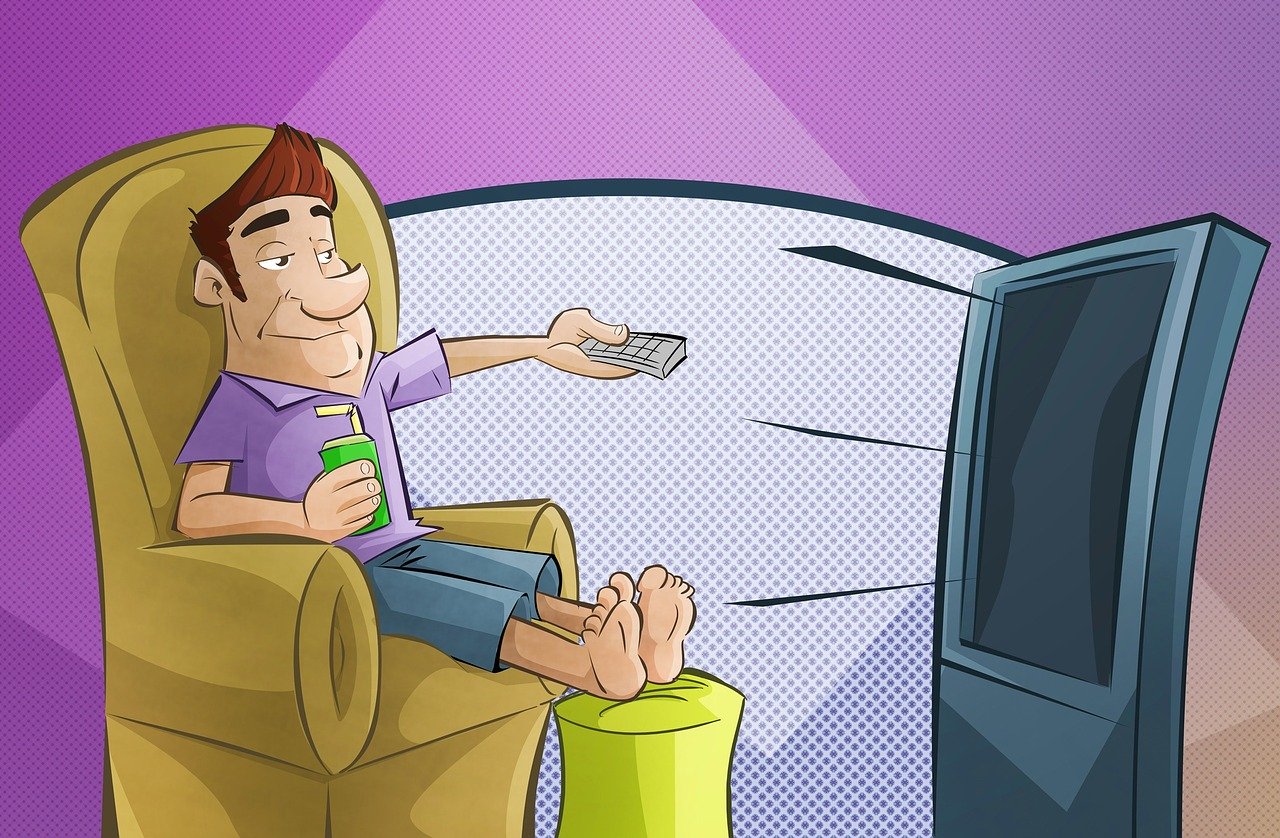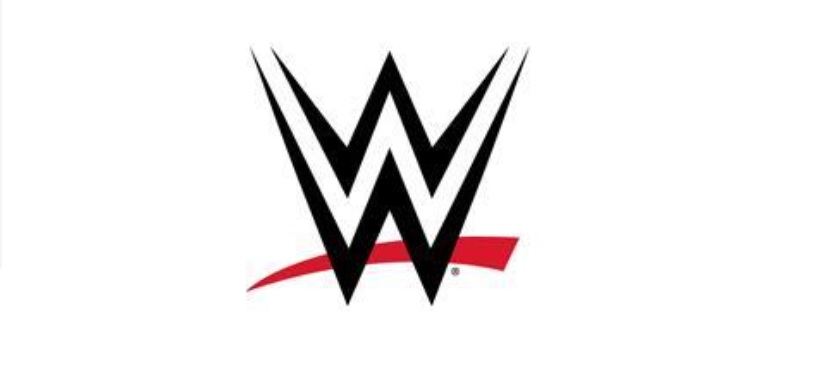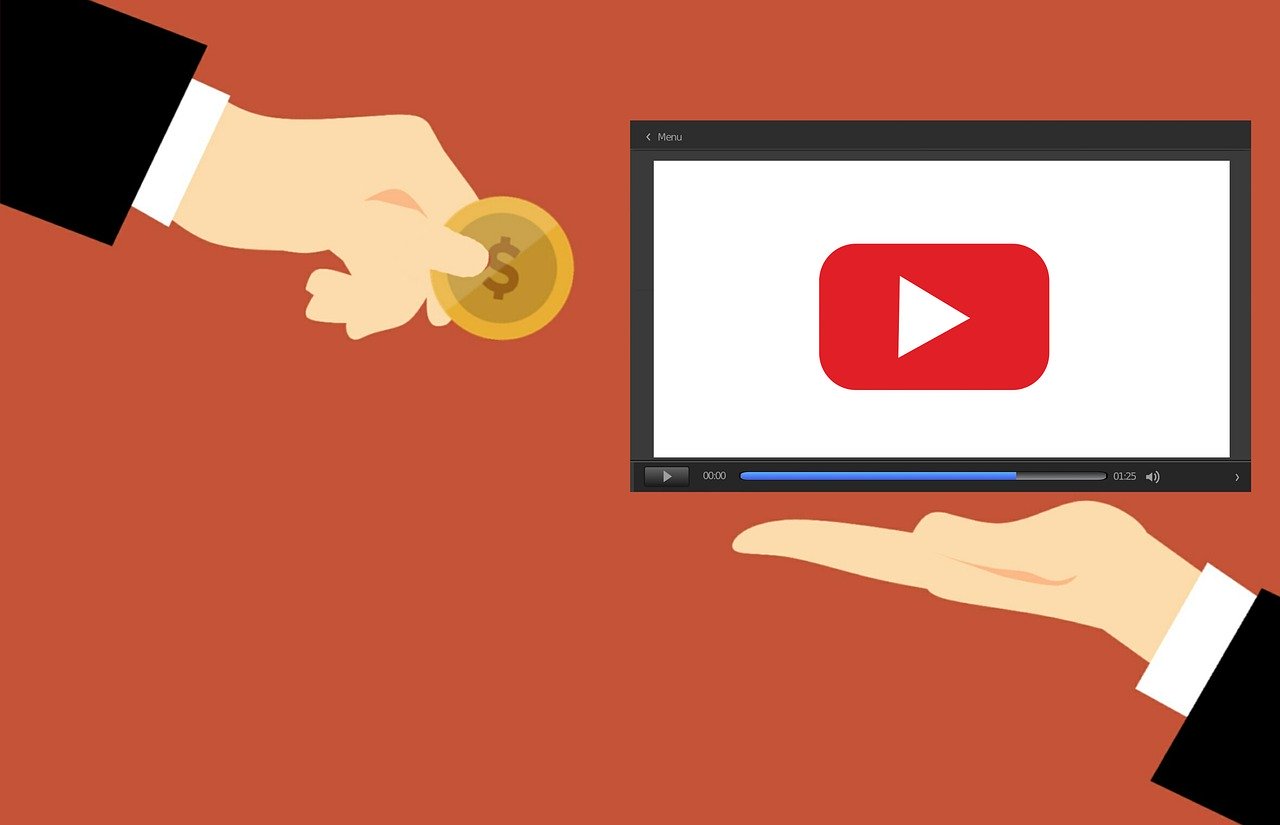YouTube TV will soon cost all subscribers $72.00 per month. Sighting content costs the live TV cable replacement service announced recently that it will raise the price by $8.00 from the $64.00 per month that it has cost for the last 3 years. Do you remember when it launched at $35.00 per month? That was 2017, but at that price, it sounds like it was an entire era ago. Yet despite howls over increased pricing, the offering has 4 million subscribers. It is consistently at the top of the cable replacement services with Hulu’s own live TV service. It appears that there is a market for paying a substantial cost for TV service as long as it doesn’t cost as much as cable TV. But what is the limit?
YouTube TV is hardly the only service that has not crept but leaped up in cost since it launched. Hulu with Live TV is now $69.99. That price builds in the cost of ESPN+ and Disney+ as well to present a fairly robust entertainment package but does not give viewers a choice to get it for less by not bundling the other two services. Its original starting price was $39.99. Those two services launched in the face of Sling TV, the first entry in the game, and were substantially more expensive than the paired-down $20.00 small bundle service with the draw of more channels and most importantly access to over-the-air local network affiliates like CBS, NBC, ABC, and Fox.
Sling TV has doubled in price since its launch too. The service offers 3 different base packages at $40.00, $40.00, and $55.00 respectively with the option to add extra content packages based on the needs/interests of the customer. If users decide for instance that they want both the orange and Blue offering their price is 55 plus whatever they add on top of it. For instance, if users decide to add a 200-hour DVR, it costs an extra $5.00. An upgrade to the total TV package for $21.00 will put the cost over $80.00. The difference is that users are not automatically given the extra channels that they may or not want in the first place and rewarded with a higher bill.
This has always been the issue with pay TV services since cable TV first hit the scene. If a service offers more content options it has to charge the customer more. But if it doesn’t offer certain content options customers may decide to jump to another service to get it. The problem is that the competition has not led to innovative pricing. It has caused them to balloon. That is because the channel owners demand what they consider fair fees for the content.
$72.00 will not be the highest these types of services go. And as long as there are enough customers demanding more channels and paying the prices the companies will continue to raise them. This is just a basic law of capitalism. Things cost as much as people will pay for them. If Mcdonald’s thought it could charge $18.00 for a regular small cheeseburger it would do so. But the Streaming services will hit a wall at some point. There are too many people who dropped cable and signed up for services like them to save money. The draw of being subscription free is a bonus to go along with saving money. It is not the reason YouTube TV and Hulu with live TV are popular.
There are so many conversations about whether cord-cutting is cheaper than cable. The truth is though that cable costs for customers who are not on some intro plan are still far more expensive than any of the Cable replacement services. But I don’t think that customers are looking to switch to a service that is 30%-40% less expensive. They want it to be thousands of dollars a year less. And the way things are moving at the moment the savings per year is beginning to look less and less substantial. I’m sure these streaming services notice that they have not picked up all of the customers who have dropped cable over the past 10 years. There are around 16 million subscribers out there with YouTube TV, Hulu with Live TV, Sling TV, Fubo TV, Vid-on and DirecTV Stream. But there are a lot more people putting together their own bundles with services they want and using OTA antennas and free services to supplement their entertainment. In some cases they are relying on free content in general.






